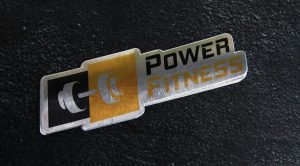Are you looking to create a logo that represents your brand’s identity and leaves a lasting impression on your audience? Look no further! In this article, we will explore various logo design ideas and provide you with valuable insights to help you create a memorable logo for your business. From brainstorming concepts to selecting the right typography and color schemes, we’ve got you covered.
Understanding the Importance of a Well-Designed Logo
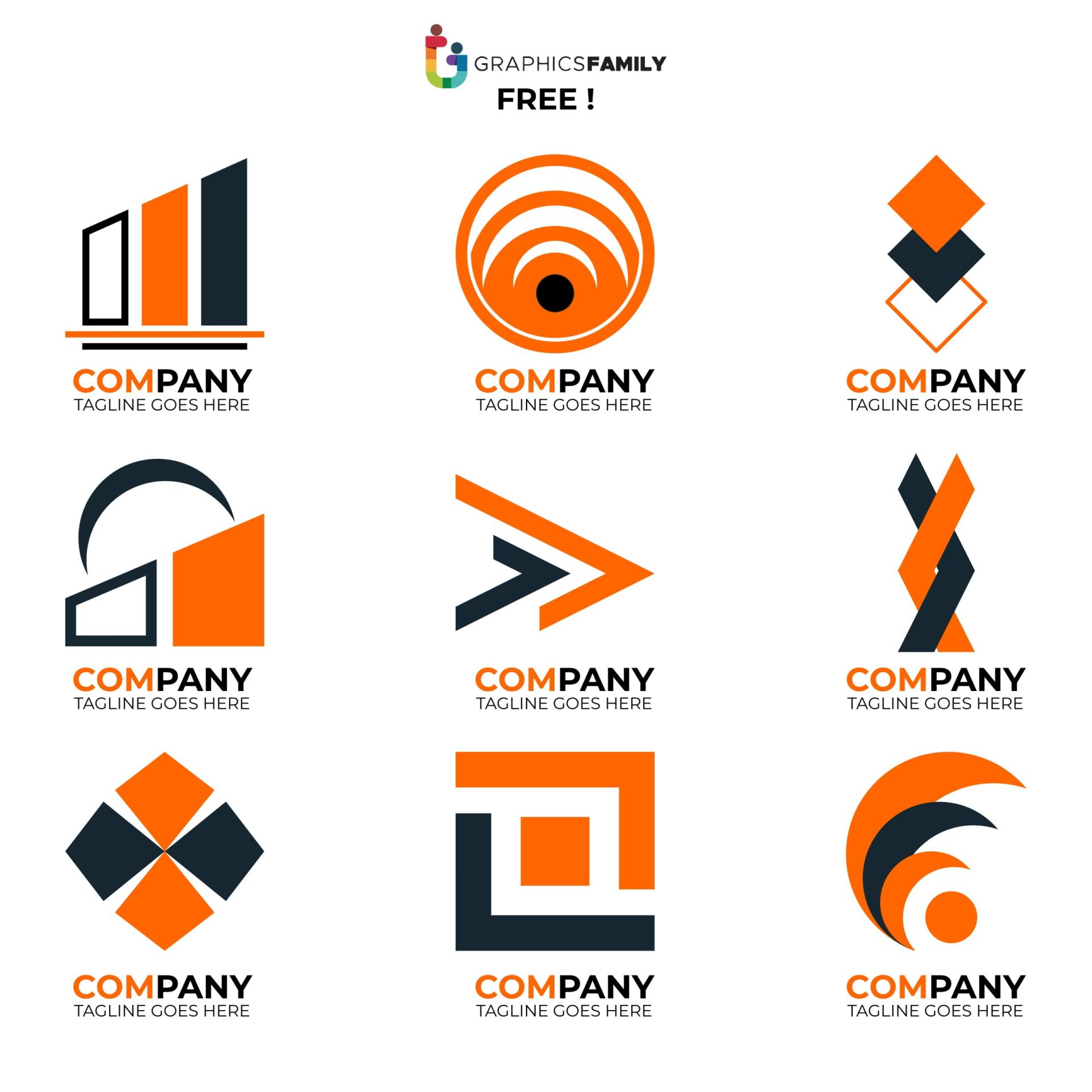
Before diving into logo design ideas, it’s crucial to understand why a well-designed logo is essential for your business. A logo acts as a visual representation of your brand, helping customers recognize and remember your business easily. Here are a few reasons why a well-designed logo is crucial:
- Brand Recognition: A well-designed logo helps your target audience recognize and recall your brand instantly. It serves as a visual cue that distinguishes your business from competitors.
- Professionalism: A professionally designed logo reflects the credibility and professionalism of your business. It conveys the message that you are an established and trustworthy brand.
- Memorability: A memorable logo helps your brand stay in the minds of your audience. When they think about a particular industry, your logo should be the first thing that comes to their minds.
Now that we understand the importance of a well-designed logo, let’s explore some creative logo ideas to inspire your design process.
Brainstorming Unique Logo Concepts
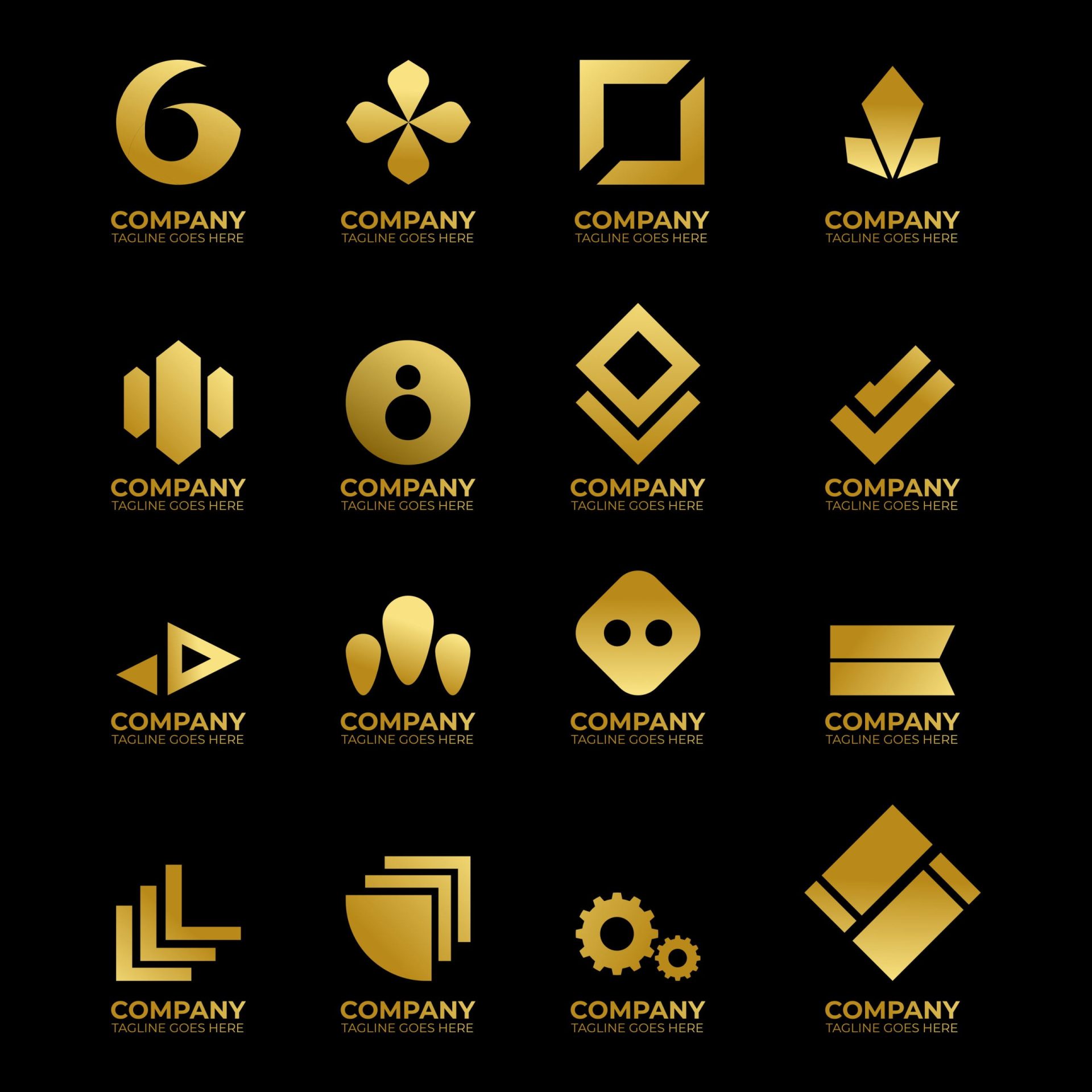
The first step in creating a logo is brainstorming unique concepts that align with your brand’s identity. Here are some logo design ideas to kickstart your brainstorming process:
1. Abstract Symbols
Consider using abstract symbols to represent your brand. Abstract symbols can be visually appealing and allow for creative interpretations. Think about what makes your business unique and try to incorporate those elements into an abstract symbol.
2. Lettermarks or Monograms
If your brand has a long or complex name, consider using the initials or a monogram to create a visually appealing logo. This approach simplifies your brand identity while maintaining its uniqueness.
3. Nature-Inspired Designs
Nature-inspired logos can convey a sense of harmony, growth, and sustainability. Consider using elements such as leaves, trees, or water to represent your brand’s connection to the environment.
4. Minimalistic Logos
Minimalistic logos have gained popularity due to their simplicity and versatility. By removing unnecessary elements, you can create a clean and timeless logo that stands the test of time.
5. Mascots or Characters
Introducing a mascot or character into your logo can inject personality and playfulness into your brand. Mascots can resonate with your target audience and create a strong emotional connection.
Choosing the Right Typography
The typography you choose for your logo plays a vital role in conveying your brand’s personality. Here are some factors to consider when selecting the right typography:
1. Serif Fonts
Serif fonts are often associated with tradition, elegance, and professionalism. They can be a great choice for brands that aim to convey a sense of reliability and trustworthiness.
2. Sans Serif Fonts
Sans serif fonts are known for their simplicity and modernity. They are widely used by tech companies and brands seeking a clean and contemporary look.
3. Script Fonts
Script fonts add a touch of elegance and sophistication to a logo. They are often used by brands in the fashion, beauty, or luxury industries to convey a sense of glamour and style.
4. Custom Fonts
For a truly unique logo, consider investing in a custom font. A custom font allows you to create a one-of-a-kind typography that perfectly aligns with your brand’s identity.
Exploring Color Schemes
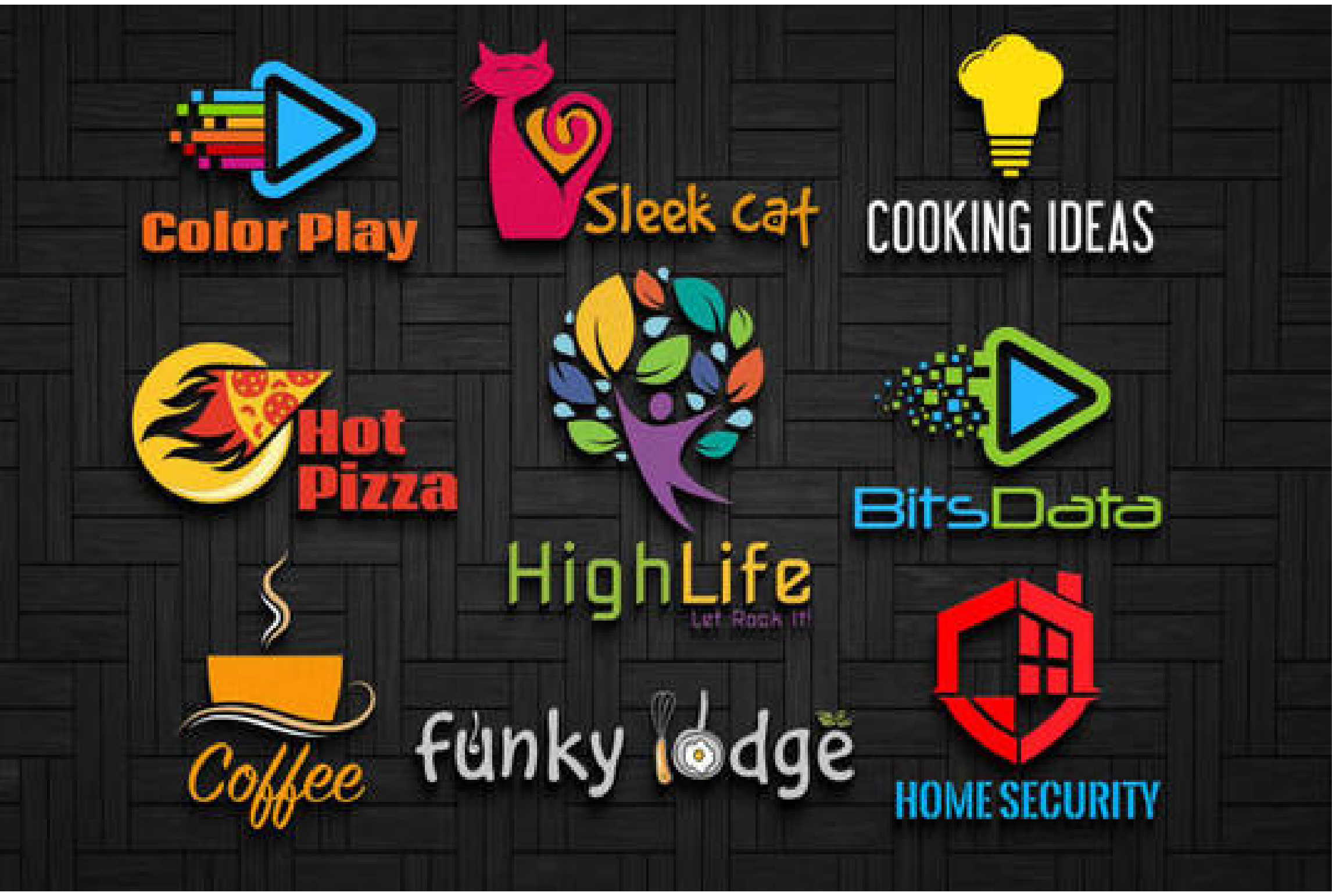
Color plays a significant role in logo design, as it evokes emotions and conveys messages. Here are some popular color schemes and their associated meanings:
1. Vibrant and Bold Colors
Vibrant and bold colors, such as red, orange, and yellow, can create a sense of energy, excitement, and enthusiasm. They are often used by brands targeting a younger audience or aiming to stand out from the competition.
2. Cool and Calming Colors
Cool and calming colors, such as blue and green, evoke feelings of trust, tranquility, and stability. They are commonly used by brands in industries such as finance, healthcare, and technology.
3. Neutral and Minimalistic Colors
Neutral and minimalistic colors, such as black, white, and gray, convey simplicity, sophistication, and timelessness. They are often used by luxury brands or businesses looking for a clean and minimalist aesthetic.
4. Contrasting Colors
Using contrasting colors, such as black and white or complementary colors, can create visual impact and make your logo stand out. However, be mindful of the balance and harmony between the chosen colors.
Finalizing Your Logo Design
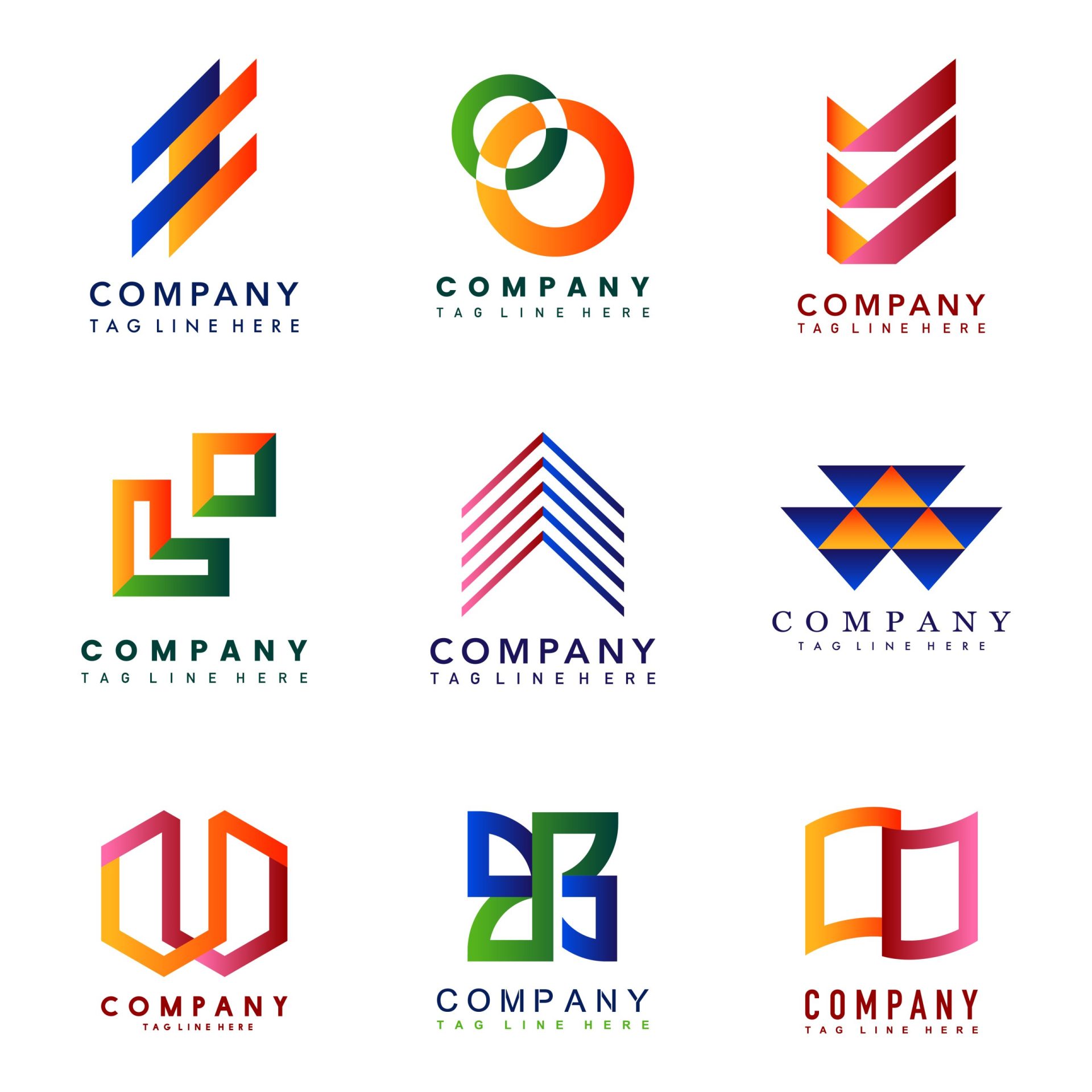
Once you have chosen a logo concept, typography, and color scheme, it’s time to finalize your design. Here are some essential steps to ensure your logo is ready for use:
1. Simplify Your Design
Simplify your logo by removing any unnecessary elements and ensuring it remains visually appealing even when scaled down. A clutter-free design helps improve recognition and memorability.
2. Test Different Backgrounds
Test your logo on various backgrounds to ensure it remains visible and legible. Consider using light and dark backgrounds to see how your logo adapts to different scenarios.
3. Get Feedback
Share your logo design with colleagues, friends, or industry experts to gather feedback. Constructive criticism can help you identify any areas for improvement and make necessary refinements.
4. Consider Scalability
Ensure your logo is scalable without losing its visual impact. It should look equally compelling on a small business card or a large billboard.
Conclusion
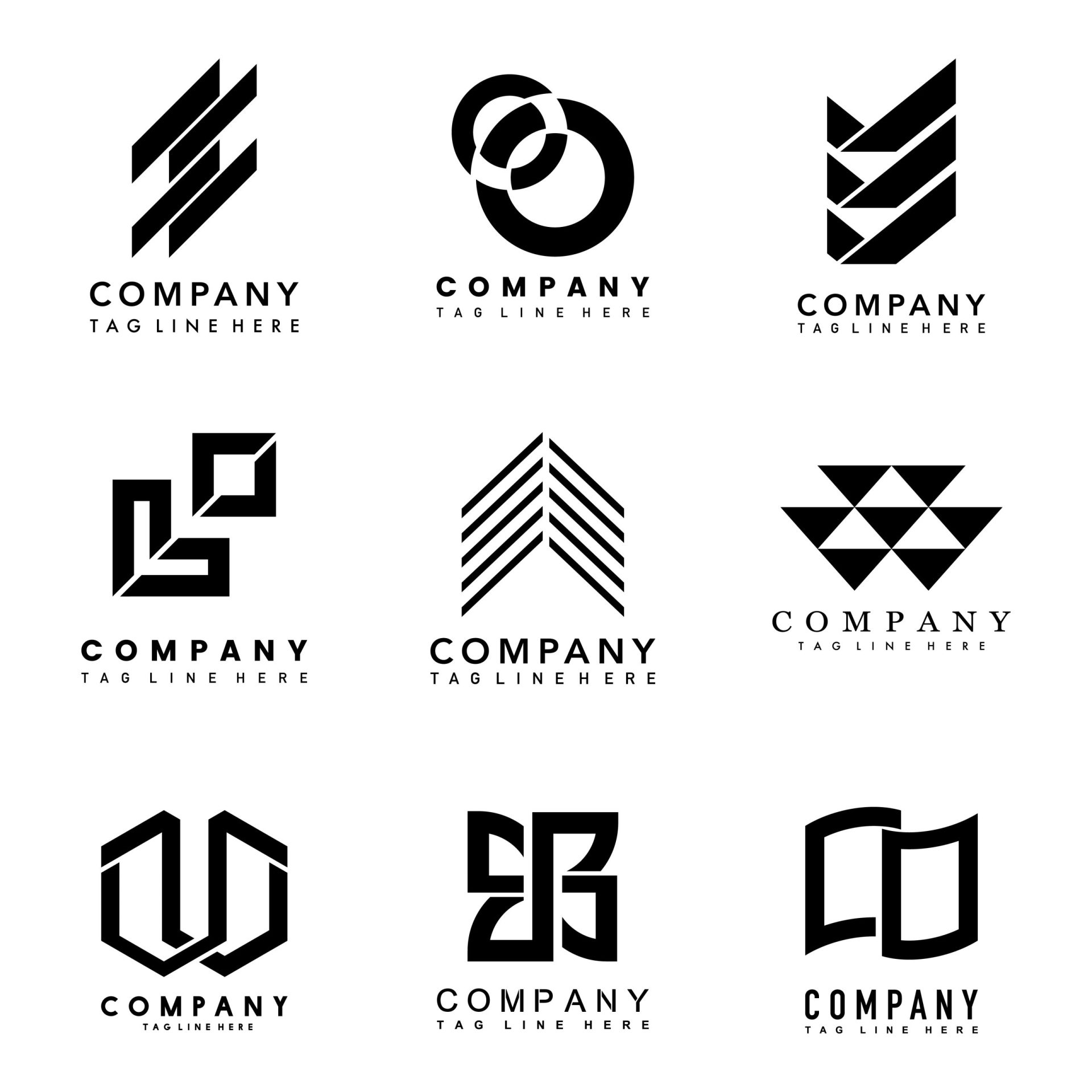
Designing a memorable logo requires careful consideration of various elements, from conceptualizing unique ideas to selecting the right typography and color schemes. By following the logo design ideas we discussed in this guide, you can create a logo that not only represents your brand’s identity but also leaves a lasting impression on your target audience. Remember, a well-designed logo can significantly contribute to your brand’s recognition, professionalism, and memorability. So, get creative, experiment with different concepts, and don’t hesitate to seek feedback to ensure your logo is a true reflection of your brand.
Barry Edwards is a digital marketing expert with a deep understanding of content strategy, logo, and branding principles. Holding a Bachelor’s degree in Marketing from Beaconhill College, he offers valuable insights on digital marketing trends and strategies through his writing. Follow Barry’s work to stay updated on the latest in online marketing and branding.

